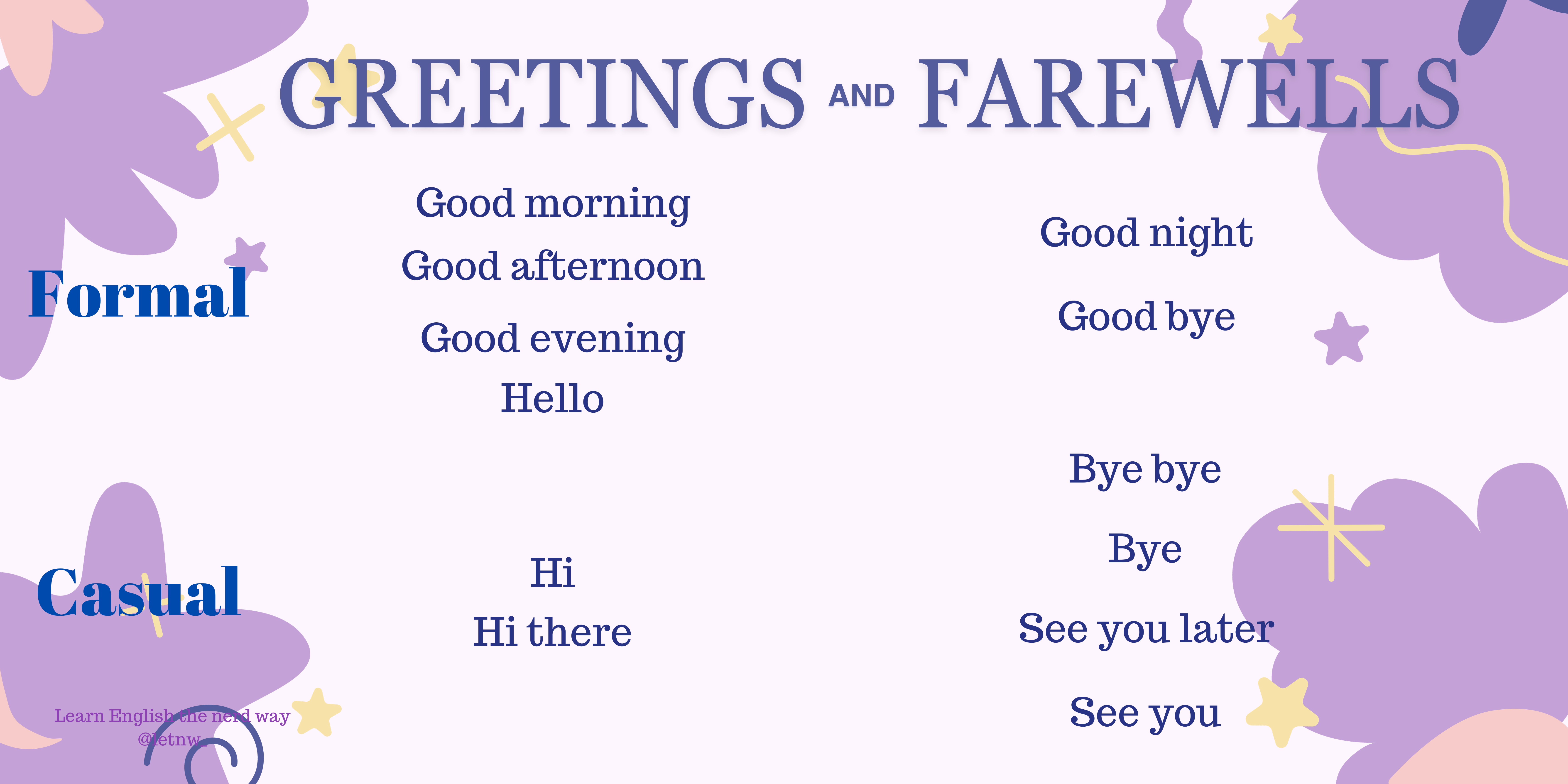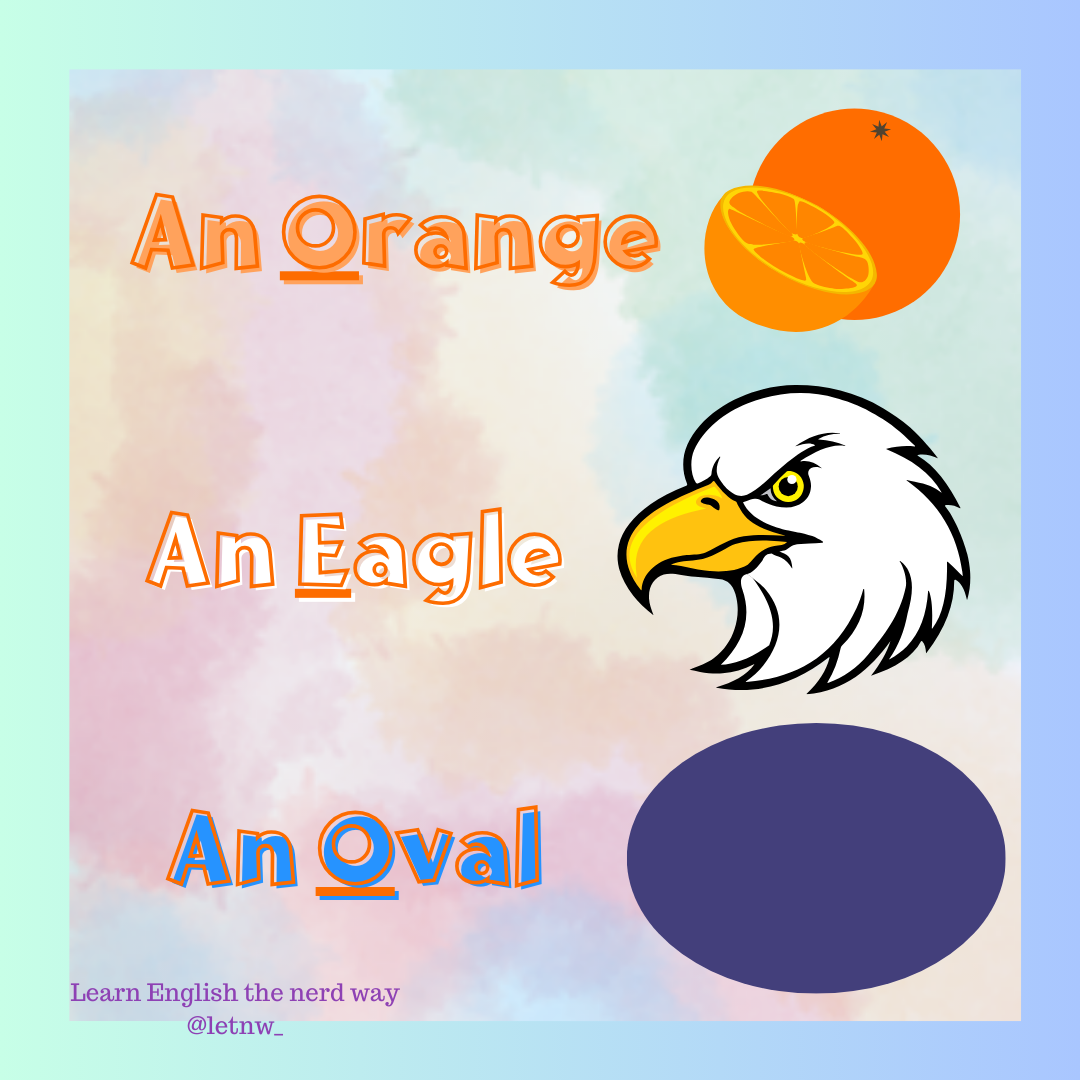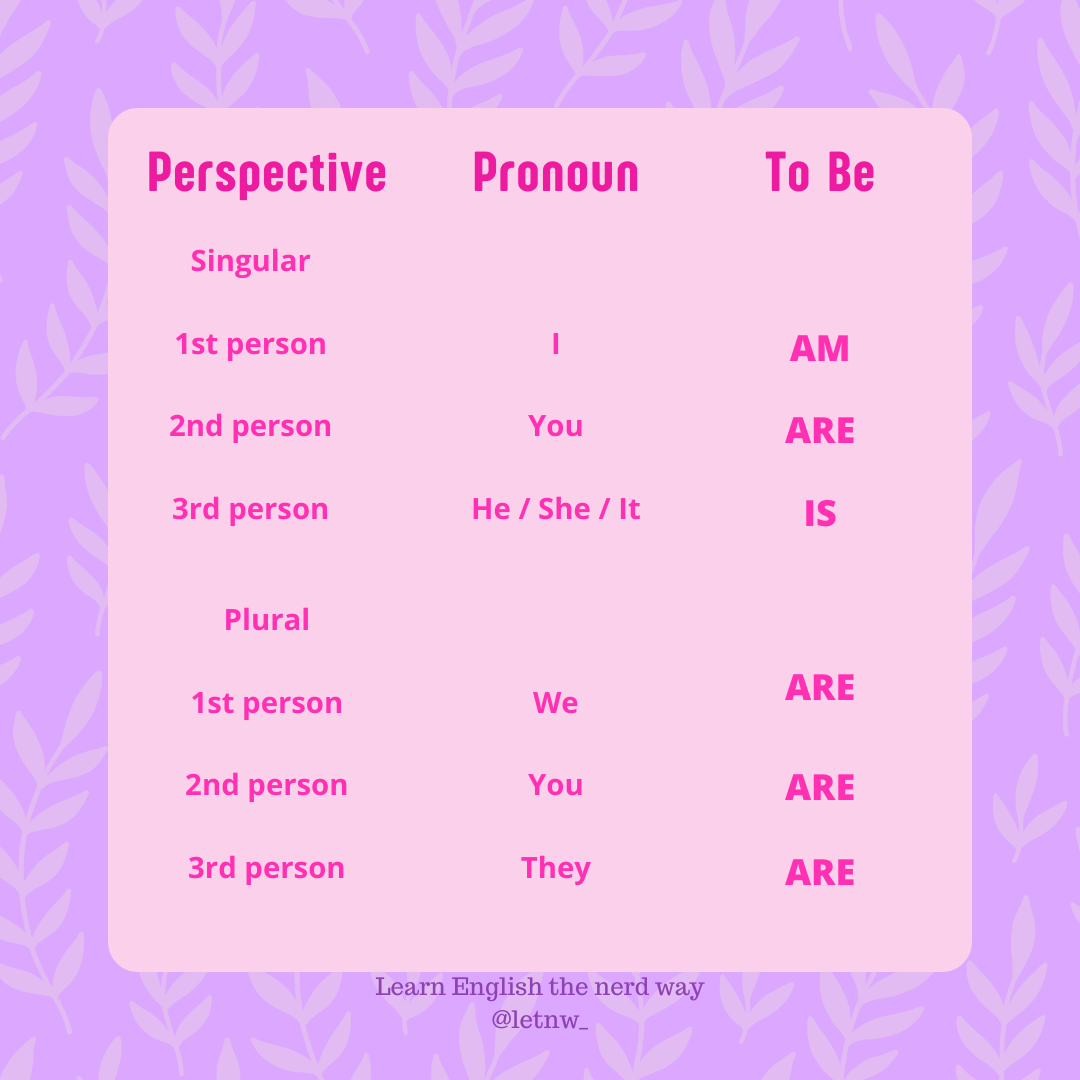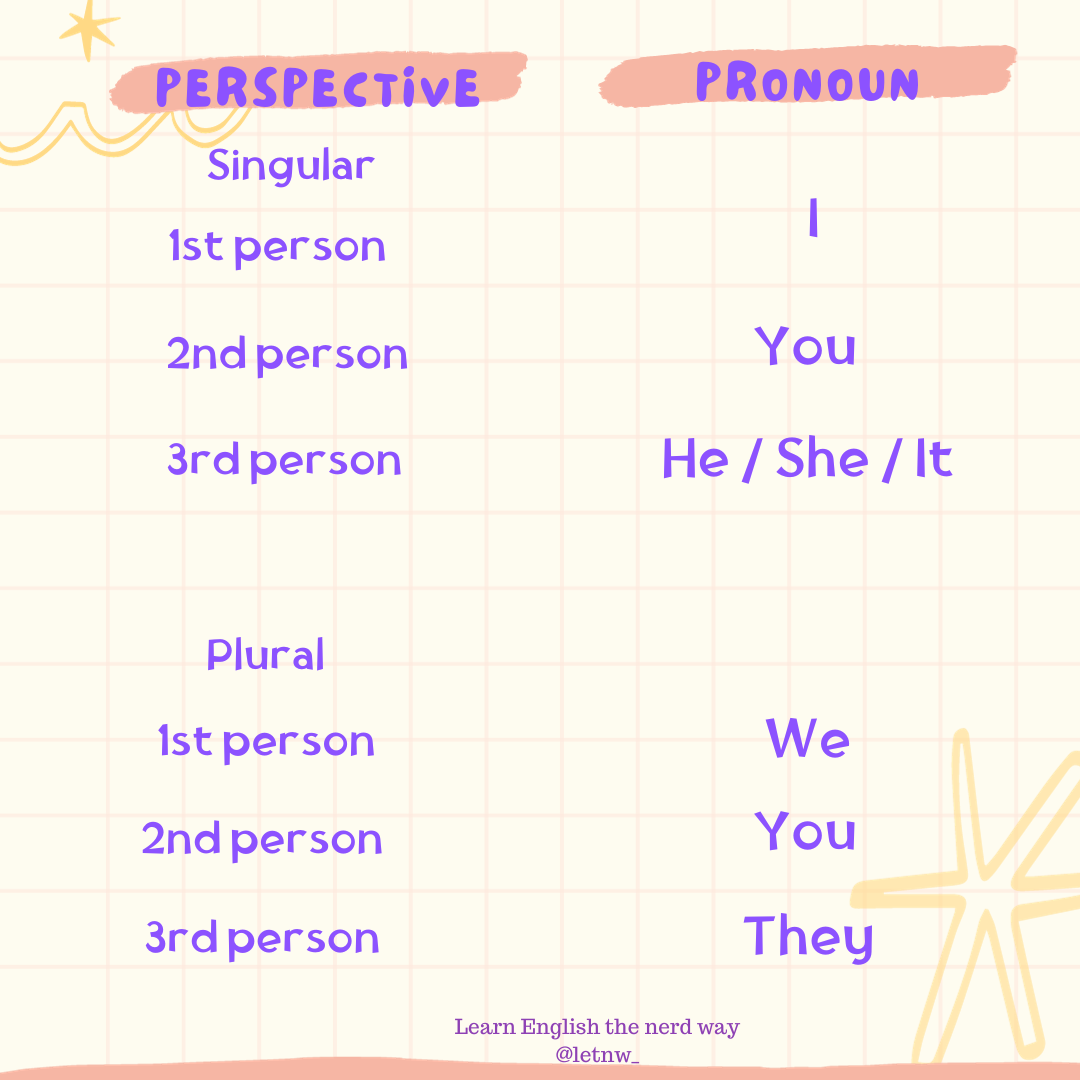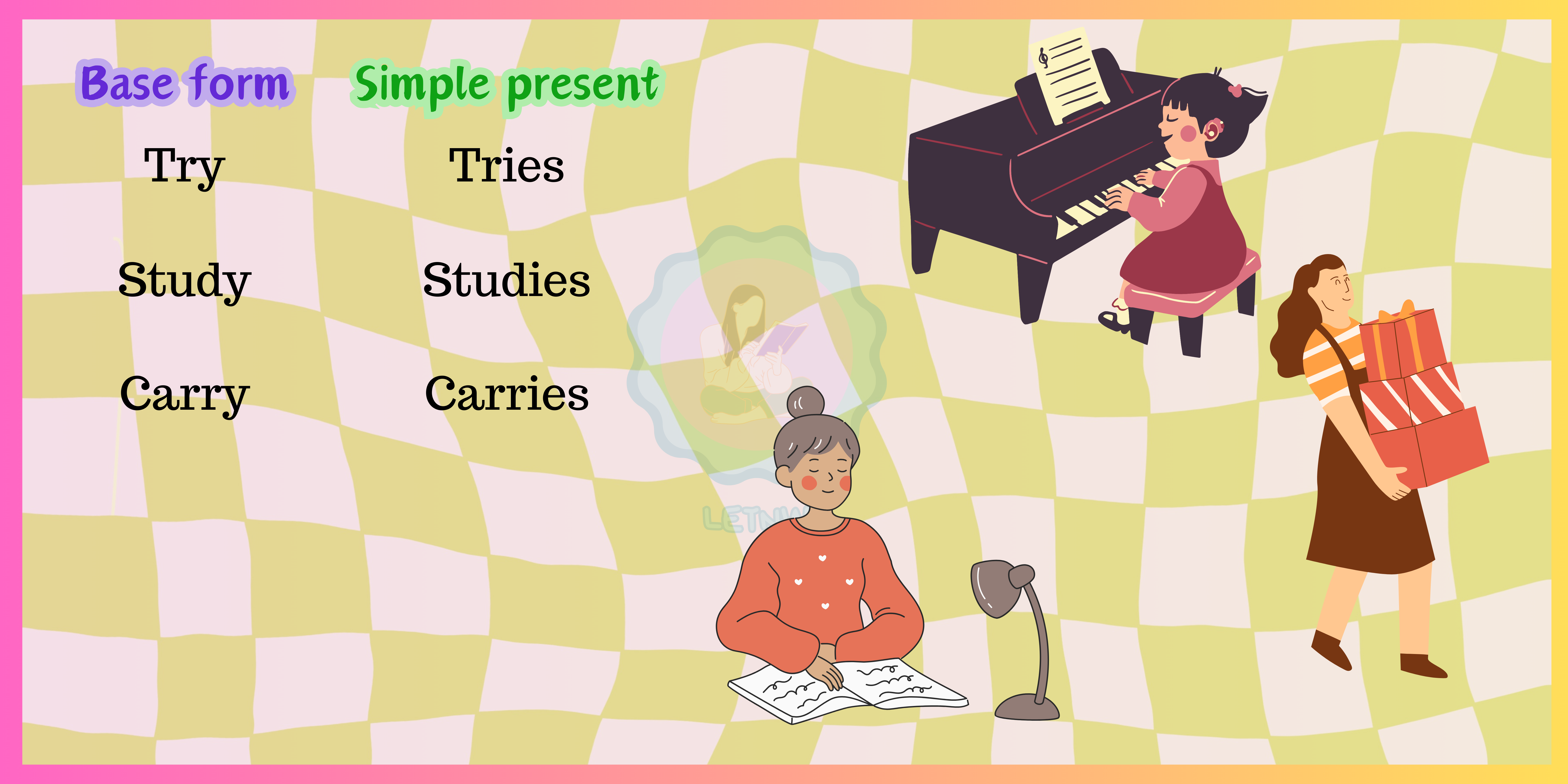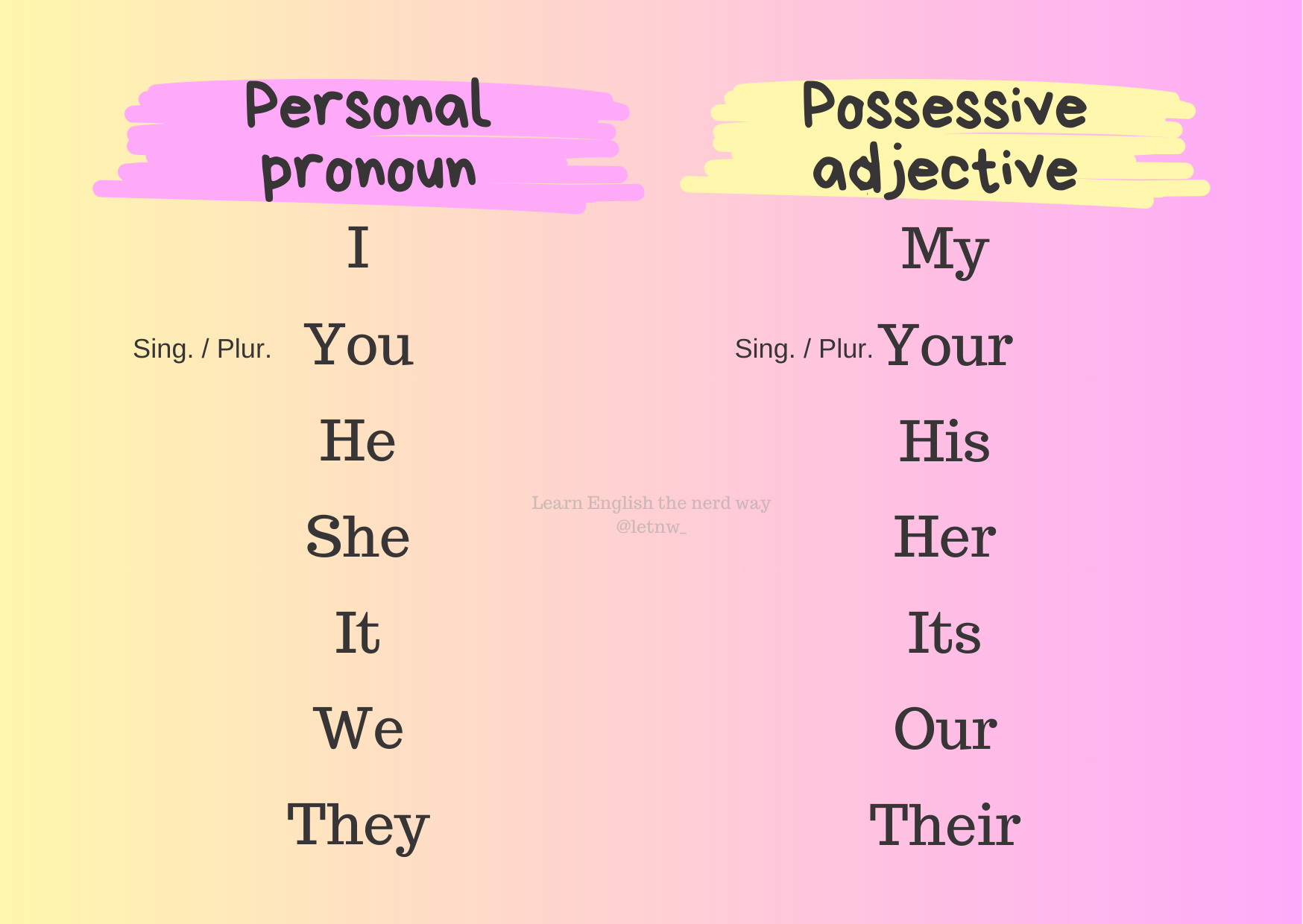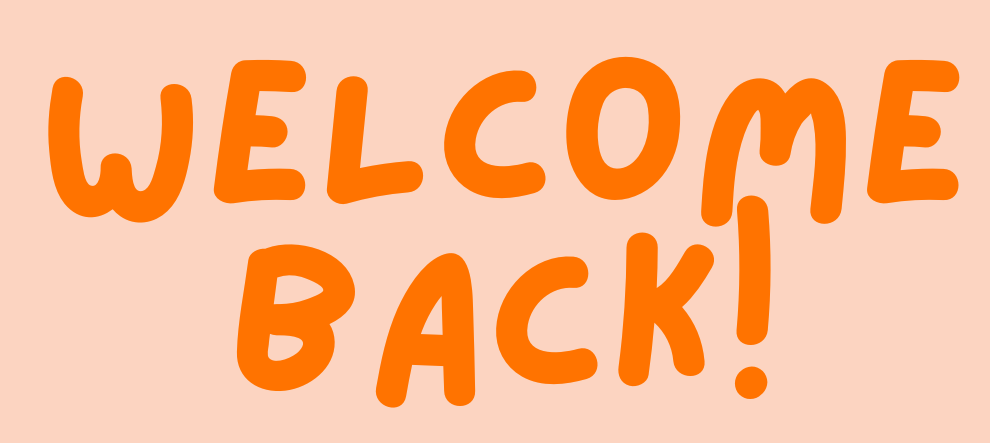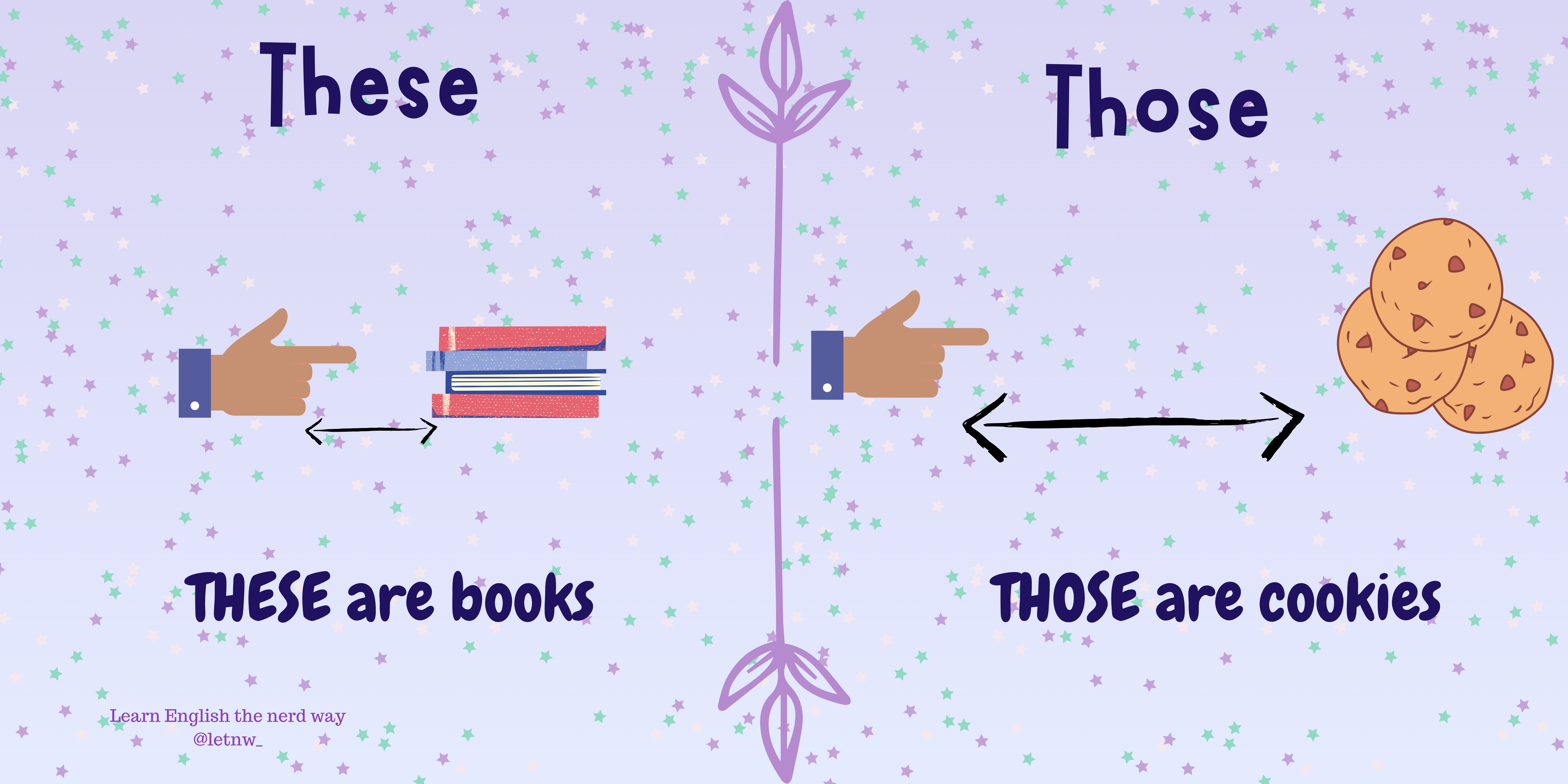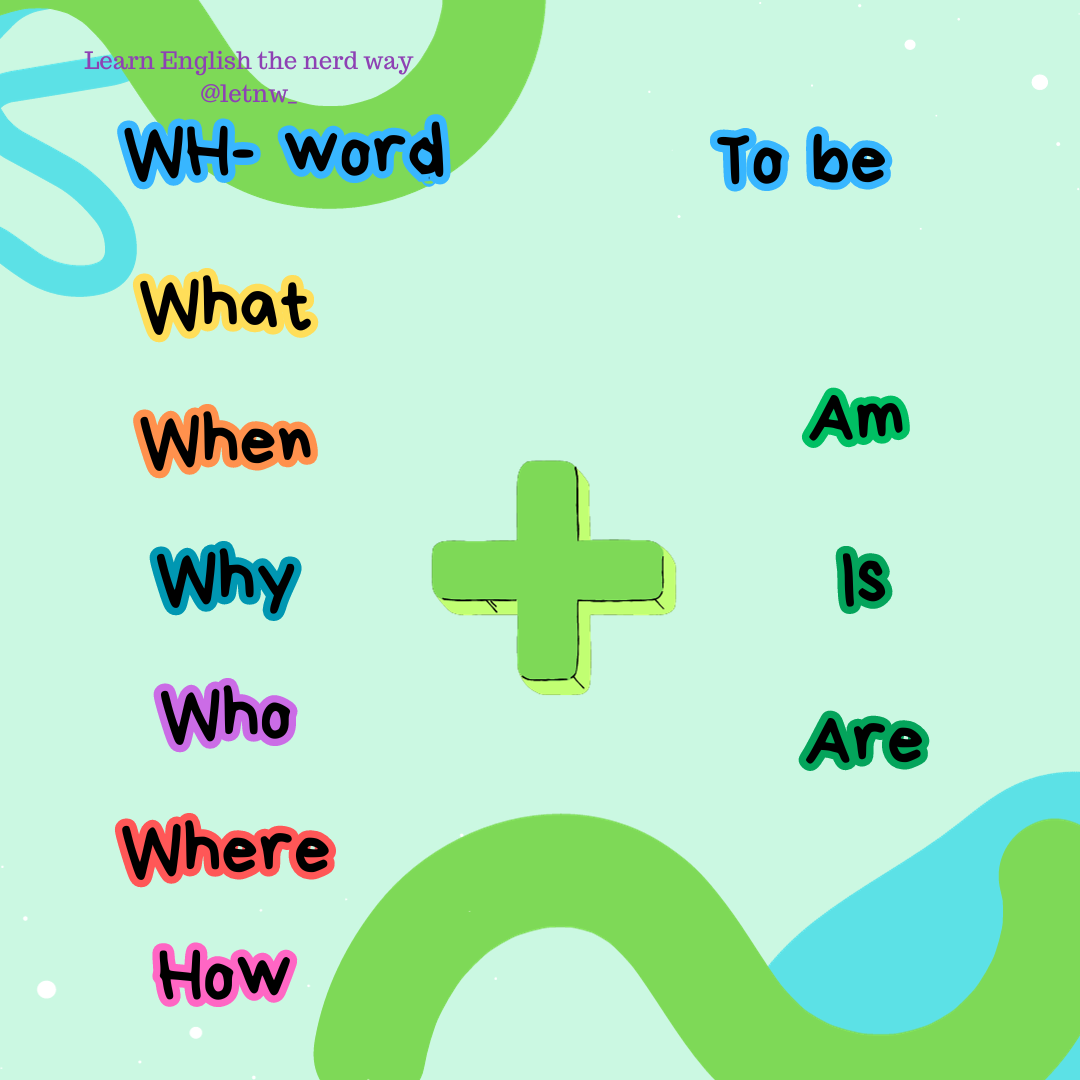-
Introductions and formality
Read More: Introductions and formalityIt is customary that, when we meet someone for the first time, we introduce ourselves by saying our name and asking the other person for theirs, however, the conversation, or what we say next, may depend on the context of the situation we find ourselves in.
-
Articles
Read More: ArticlesIn this post we will talk about indefinite and definite articles and how to use them in a sentence.
-
Phonology: Accents, the phonemic chart and phonemes.
Read More: Phonology: Accents, the phonemic chart and phonemes.Around the world exist a variety of what we call “accents” in the English language, for example the American accent, the English accent, Irish, Scottish, Australian, and generally every English speaking country has it’s own accent…
-
Verb to be
Read More: Verb to beThe verb TO BE, as an auxiliary, can help us place the focus on the subject, giving the sentence a grammatical structure that we can use to convey a meaning. This particular verb can help us answer this questions: what something is? Who someone is? How something/someone is?
-
Personal pronouns
Read More: Personal pronounsAs you might remember, one of the Parts of speech that make up the English language are “PRONOUNS”. There are different types of pronouns: object pronouns, possessive pronouns, etc. In today’s post, we will review “PERSONAL PRONOUNS”.
-
Phonology: Introduction to the phonemic chart
Read More: Phonology: Introduction to the phonemic chartToday, we are going to start with an introduction of what the phonemic chart is, define the elements of phonology and review concepts like phonemic transcriptions and more.
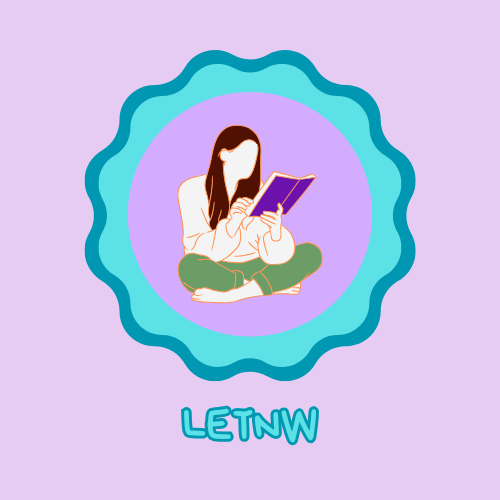
Mirna Nuñez
Hi! I’m Mirna, the founder of LETNW. I am a Computer Systems Engineer with a Master’s degree in Education. I am also a certified teacher by Cambridge University (TKT modules 1, 2 & 3).
I have 5+ years of experience teaching English in-classroom and on-line, and opened this blog to share my knowledge of the language.
You can help me keep my content free by buying me a coffee!
You can find the blog’s socials here:

